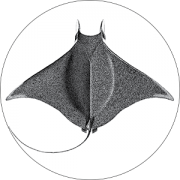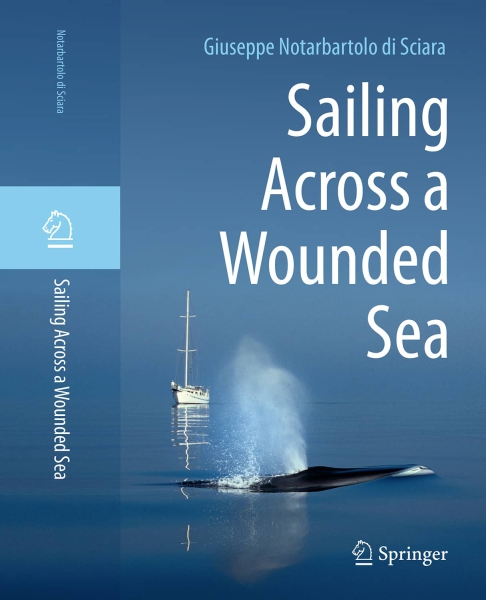The conditions of the sea surrounding Patmos are appalling. What one sees below the surface stands in stark contrast to the breathtaking beauty of the landscape above the waterline. Marine biodiversity – from algal cover to marine invertebrates, fish populations and top predators such as dolphins and monk seals – has plummeted in the past couple of decades; the dearth of marine life is so evident that even children notice. There is still uncertainty about the causes for such major observed changes; however, concurrent factors most likely include:
- severe overfishing by both commercial and speargun fisheries, as well as continued, unpunished illegal fishing activities including dynamite fishing (mostly perpetrated by elements from nearby islands);
- poor water quality due to the discharge of untreated urban waste;
- invasions by alien species from the Red Sea, such as siganid fishes which have ravaged the infralittoral algal cover and diversity;
- climate disruption (on average, the sea surface temperature in the Eastern Mediterranean Sea has increased by almost 2°C in the past 30 years).
Ongoing activities on the island have the potential to bring about some improvement to the situation described above. For instance, a new sewage treatment plant can improve water quality when in operation, and trash is being collected from the sea bottom by teams of local volunteers. However, even these steps forward are constantly at risk of being discontinued by short-sighted administrations.
Furthermore, no improvement is in sight concerning fisheries management, and certainly, nothing will be happening anytime soon in terms of mitigating the effect of climate disruption.
Swimming in an empty sea
Attempts to establish a Marine Protected Area in Patmos
In June 2014, with funding collected through a local NGO called Patmos Habitats, I accompanied a small delegation of professional fishermen from Patmos to visit the Italian Marine Protected Area (MPA) of Torre Guaceto, near Brindisi. Torre Guaceto is one of the most iconic MPAs of the entire Mediterranean, which manages to protect its marine environment effectively and, at the same time, obtain the satisfaction of the local fishermen. We were in Apulia for three days, with the idea of taking advantage of this virtuous example to see if our Patmian friends wished to embark on a similar experience.
Dubious at first, Patmian fishermen Michalis, Athanasios and Nikolaos were quite impressed when they saw with their eyes the bounty that the Torre Guaceto fishermen landed one morning, compared with the meagre catch they are used to cope with at home. There is no real reason why there should be less fishing in Patmos than in Torre Guaceto; the challenge only consists of implementing wiser and more effective fishery management. Seeing our friends’ faces brightening at the sight of the copious and colourful pile of large fishes was a heart-warming experience.
However, while with that trip it was possible to plant a seed of optimism in the minds of the local fisher folks, the challenges to MPA establishment in Greece are so formidable that we are still quite far from even approaching the idea. Illegal practices – most notably from within the amateur spear fishermen – must be abated. The relevant authorities must enact a protected area regime, research must show where and how to create it, and the funding necessary for management, monitoring and enforcement must be raised. The whole process is daunting, and the day Patmos will have its own MPA seems still quite far.
Athanasios meets the largest scorpion fish he can remember





